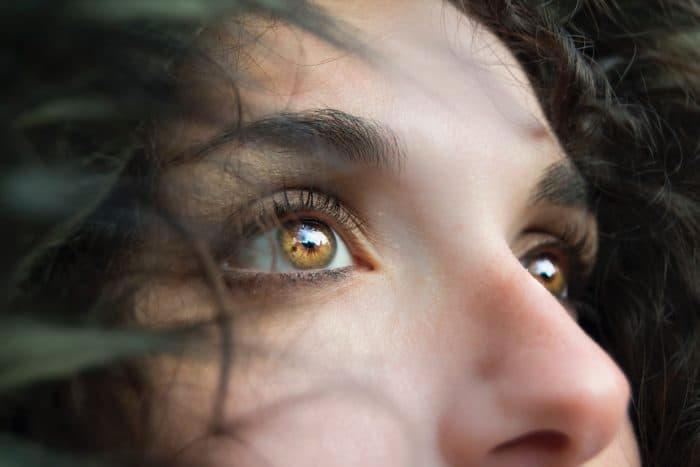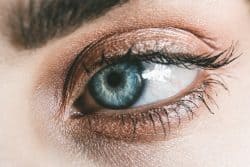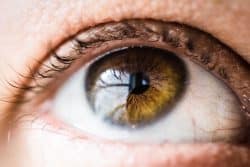We know we don’t want to plan for emergencies to happen, but there’s nothing more important than being prepared in the case they do occur. Eye emergencies can happen anywhere. You could be at home, at work, at school, or doing chores.
Common Occurrences Of Emergency Situations
- While spring cleaning, cleaning solution gets accidentally sprayed in your eye.
- Your son is pitching the game of his life until the batter hits a ball directly at his face and his eye is completely swollen shut.
- A day at the beach turns painful when the wind picks up and the sand gets lodged in your eye causing pain and blurred vision.
Eye Emergencies Can Include:
Eye emergencies range from cuts, scratches, objects in the eye and burns, all that way to chemical exposure, and blunt injuries to the eye or eyelid. An eye emergency, therefore, could be any event where a person’s eyesight is at risk.
It is extremely important to seek medical attention for any eye/eyelid injury or problem.

When To Seek Immediate Care:
Seek IMMEDIATE emergency care if you believe your eyesight is in jeopardy, if you are in severe pain, or if you have any of the following symptoms:
- Sudden vision loss
- Pain in or around the eye redness accompanied by pain in the eye. This could be from an unknown cause or from a blunt injury to the eye area.
- Halos (colored circles around lights)
- New floaters (spots, strings, cobwebs, or shadows before the eyes)
- Bulging of the eye or swelling of eye tissues.
- Flashes or streaks of light
- Double vision
- Sudden crossed, turned or “wandering” eye
- Bleeding of the eye. discharge, crusting or excessive tearing
- Eyelids stuck together, especially upon awakening
- Stinging or burning in the eye
- The intense sensation of something in the eye
- Pupils of unequal size
- Headaches and strains

Tips from the US National Library of Medicine:
After calling the doctor or ambulance, depending upon the severity of the problem, you may want to consider the following tips from the U.S. National Library of Medicine.
Small Objects In The Eyes
Try not to itch or rub the eye. Try gently rinsing the object out with water. Seek medical attention to remove the object whether it is large or small.
Chemical Exposure
Flush with cool tap water right away. Turn the person’s head so the injured eye is down and to the side. Holding the eyelid open, allow running water from the faucet to flush the eye for 15 minutes. If the person is wearing contact lenses have them remove them after the water rinse. Seek medical help right away. Do not delay.
Blunt Force Injury To Eye
Apply a cold compress or eye pack to the area to bring down the swelling. Seek medical attention to be sure the eye is not injured.





